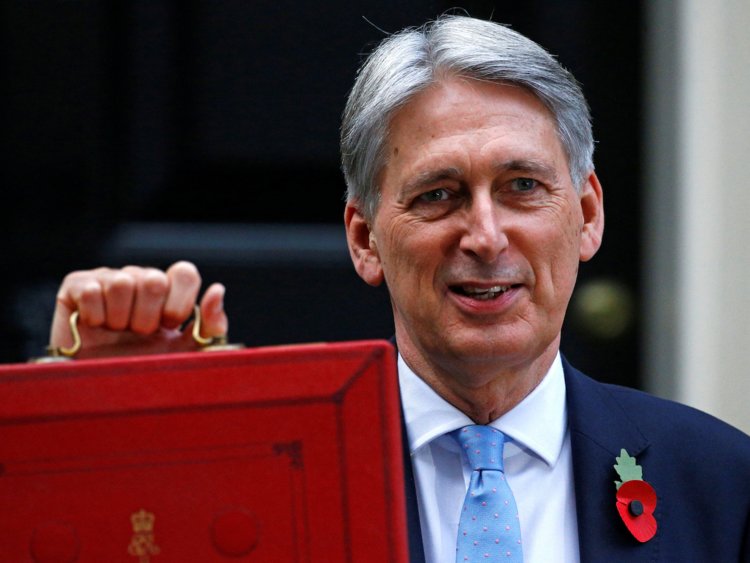Budget Update: I giveth and I taketh away…
The tax system is unnecessarily complex, caused by multiple amendments over the years and these complexities make it difficult to initially understand the real impact of any changes, until you drill into the detail.
This week Mr. Hammond announced his budget and what caught the headlines was that he brought forward their manifesto promised to increase the personal allowance and higher rate band for income tax, but there was a little more to it, than the headlines.

The personal allowance will increase to £12,500 and the higher rate threshold to £50,000, a year earlier than expected (from 2019/20). This is good news and saves you, if you earn £50,000 or more £860 per person in income tax.
What was not highlighted in his speech, were the changes to national insurance contributions, which partly counter the income tax savings. Currently employees pay Class 1 National Insurance contributions at 12% on earnings from the Primary Earnings Threshold (£8,424 pa) up to the Upper Earnings Limit of £46,350, over this level you only pay 2%.
The budget increased the Upper Earnings Threshold to £50,000 which means you pay an additional 10% national insurance on income from £46,350 to £50,000. Therefore, if you earn £50,000 or more you will pay an extra £340 in national insurance – making the income tax saving of £860 only worth £520, a little less attractive!
Therefore, legal tax planning is essential and for basic rate income tax earners the utilisation of the transferable Marriage Allowance is a key step.
For all couples, as a bare minimum, both should use their personal allowances, starting/basic rate tax bands and the dividend and personal savings allowances to the full. This is particularly beneficial where income can be legitimately shifted from a higher or additional rate taxpaying spouse to a non, starting or basic rate taxpaying spouse.
For those with cash and investments this will usually be facilitated by an unconditional transfer of income-producing assets from the higher tax paying spouse to the other.
Upon initial introduction in 2013 the take up of the transferable marriage allowance was very low however, it has significantly increased since then and couples should ensure that they do not lose out on the ability to transfer the allowance where eligible to do so.
Any such transfers would usually be capital gains tax and inheritance tax neutral as transfers between spouses living together are treated as transfers on a no gain/no loss basis for capital gains tax purposes and transfers between UK domiciled spouses (living together or not) are exempt from inheritance tax without limit.
For more news and views sign up to the weekly Money Planner



